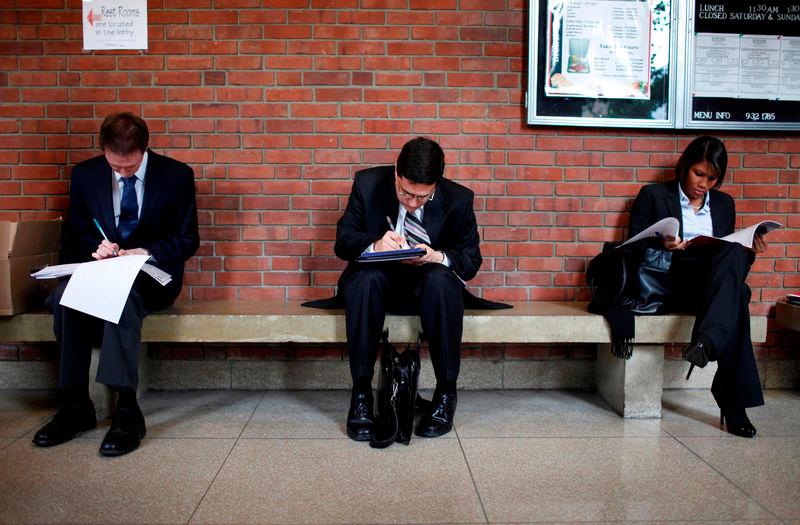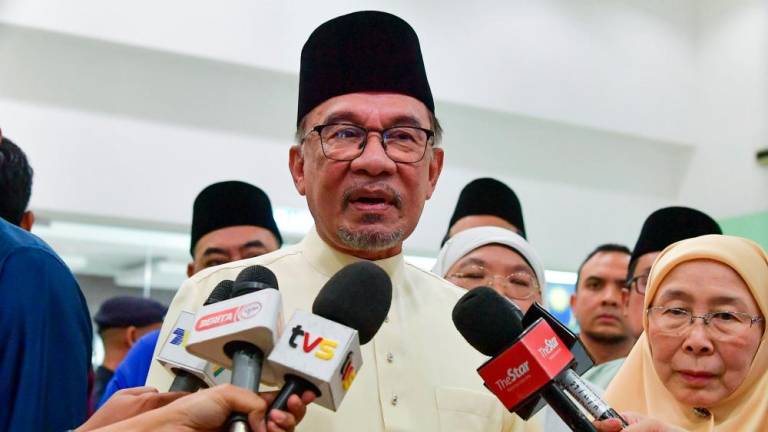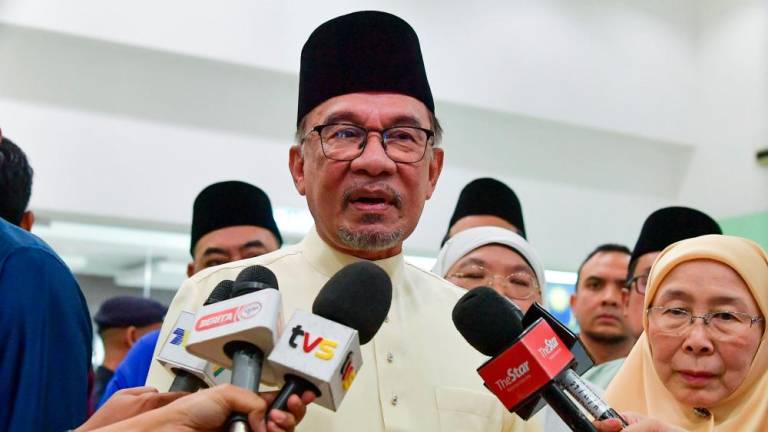FOR the first time since the first movement control order was enforced in March 2020, the national unemployment rate fell below 4% in April 2022, compared with 4.6% in April 2021.
Though the unemployment rate has not yet returned to the pre-pandemic level of below 3.5%, a country is considered to have achieved full employment if its unemployment rate is below 4%. This is certainly a positive sign.
Still, there are some concerns; one of the most prevalent is a mismatch in the job market which can lead to issues such as brain drain and underemployment.
Even though much has been done to address these issues, it seems we have relied heavily on traditional solutions for a long time. It is fine to use tried and tested methods, of course.
This is because we have been creating more job opportunities, making jobs more attractive, and most recently, increasing the minimum wage.
However, there are still more than 160 thousand inactively unemployed people, such as those who lack the skills or access to affordable training to find work.
Many also believe there is no work available or that they are unqualified. These factors are preventing them from finding work.
Motivating these people to start applying for jobs requires boosting their low morale as well.
As a nation strives to become developed, it must begin with approaches that support and empower job seekers.
In addition, it must identify the circumstances that prevent them from sharing the benefits of development.
Melissa Norman
Aisling Group Founder and Managing Director













